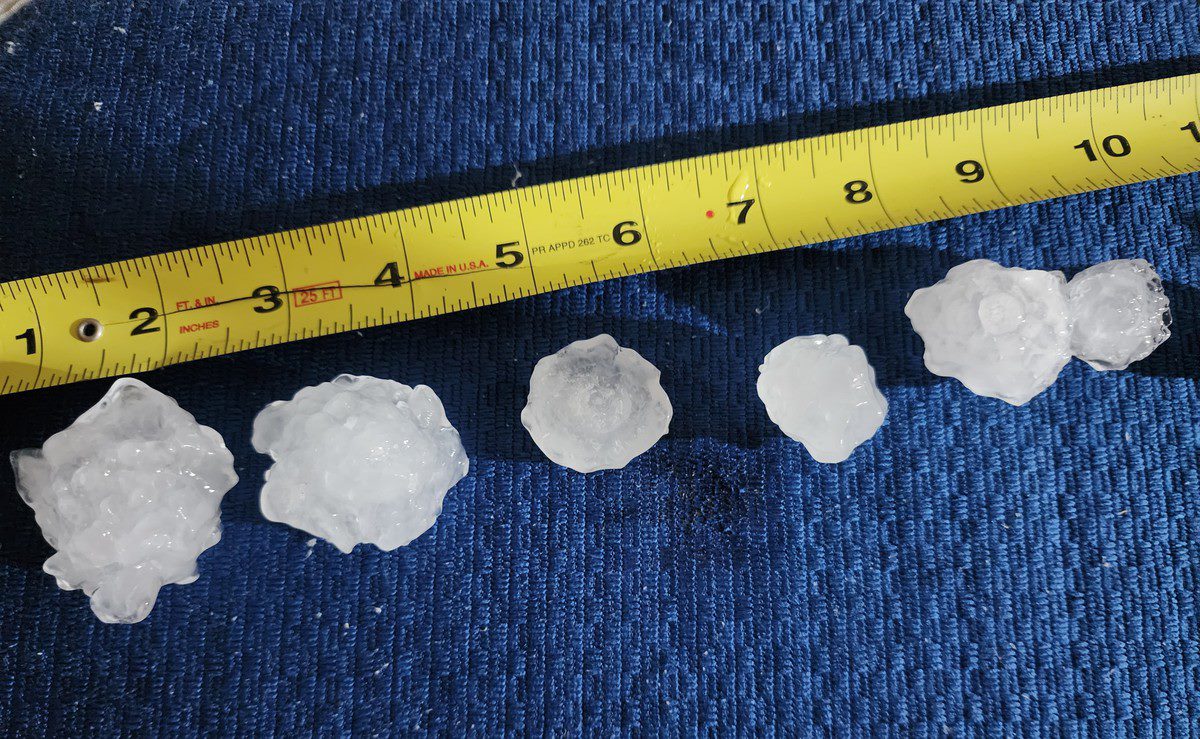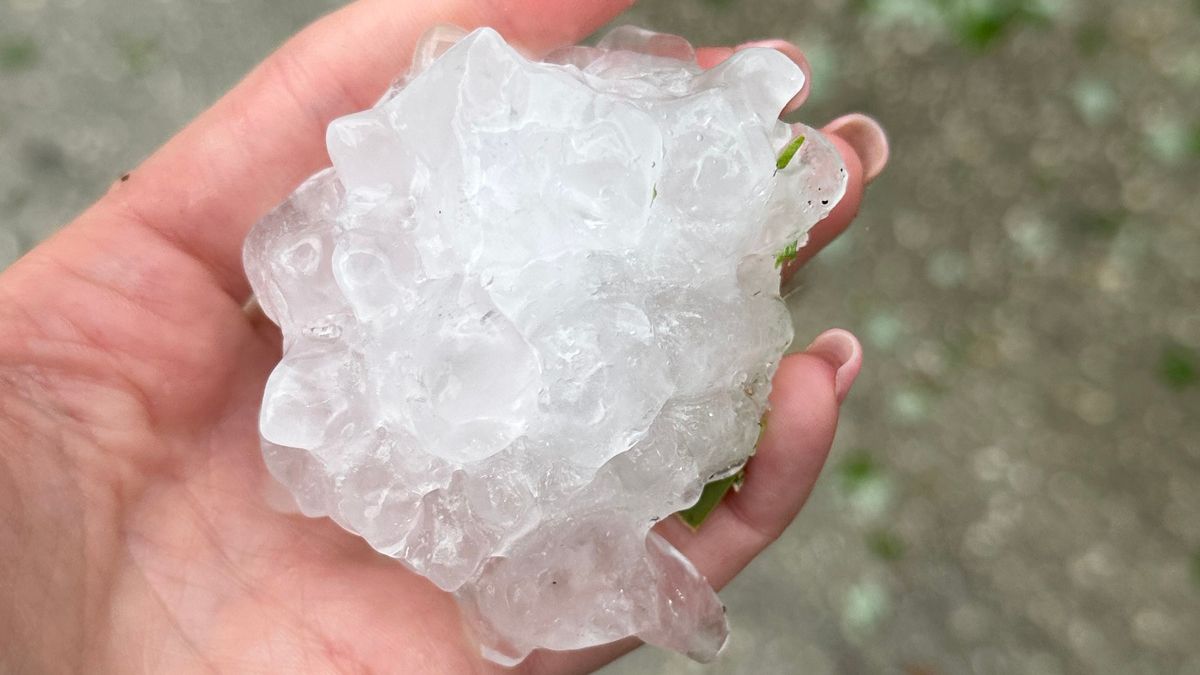It is spring, and this the time of year hail is the most common in Florida.
This year, the hail really came to Central Florida in late-April. Check out this photo gallery.
Storms dropped so much hail that it looked like snow in many areas.
We do not frequently see hail in Central Florida, especially hail larger than an inch in diameter.
Hail is most prevalent during the months of March through July, with the most hail events recorded during the month of May.
You may even remember a notable hail event back in 2019. Golf ball and ping-pong ball-size hail fell in Brevard County on March 27, 2019.
Golf ball-size hail (1.75 inches) occurred in Cocoa and Satellite Beach. Ping-pong ball-size hail (1.5 inches) fell in Merritt Island. Several cars had their windshields shattered when traveling down Interstate 95 on that day.
The worst and costliest hailstorm in Florida history was back in March 1992.
It caused $60 million to $100 million in damage.
During this event, hail the size of baseballs (2.75 inches) fell on the University of Central Florida.
The largest hailstone reported on this day was 3 inches in diameter.
The biggest hail seen in Florida was the size of a grapefruit (4.5 inches), according to the National Weather Service in Melbourne.

For hail to form, the air higher in the sky needs to be extremely cold air.
Hail forms in large thunderstorms that have cloud tops several thousand feet high, in the neighborhood of 30,000 to 50,000 feet.
Strong winds pull raindrops so high into the sky that ice crystals form where temperatures are below freezing.
These ice crystals collect more ice crystals and generate large hailstones. Eventually, the hailstones become so large and heavy that they fall to the ground. The hail will melt some as it falls from the sky, from the colder air above into the warmer air below.
Usually, Florida is so warm that the only hail we see is around an inch or smaller.
The most common size hailstone produced in Central Florida is dime-sized, which is about three-quarters of an inch.
It is not at all uncommon to see hail in Central Florida. However, it is rare to see reports of golf ball and ping-pong ball-sized hail.
Our team of meteorologists dives deep into the science of weather and breaks down timely weather data and information. To view more weather and climate stories, check out our weather blogs section.



